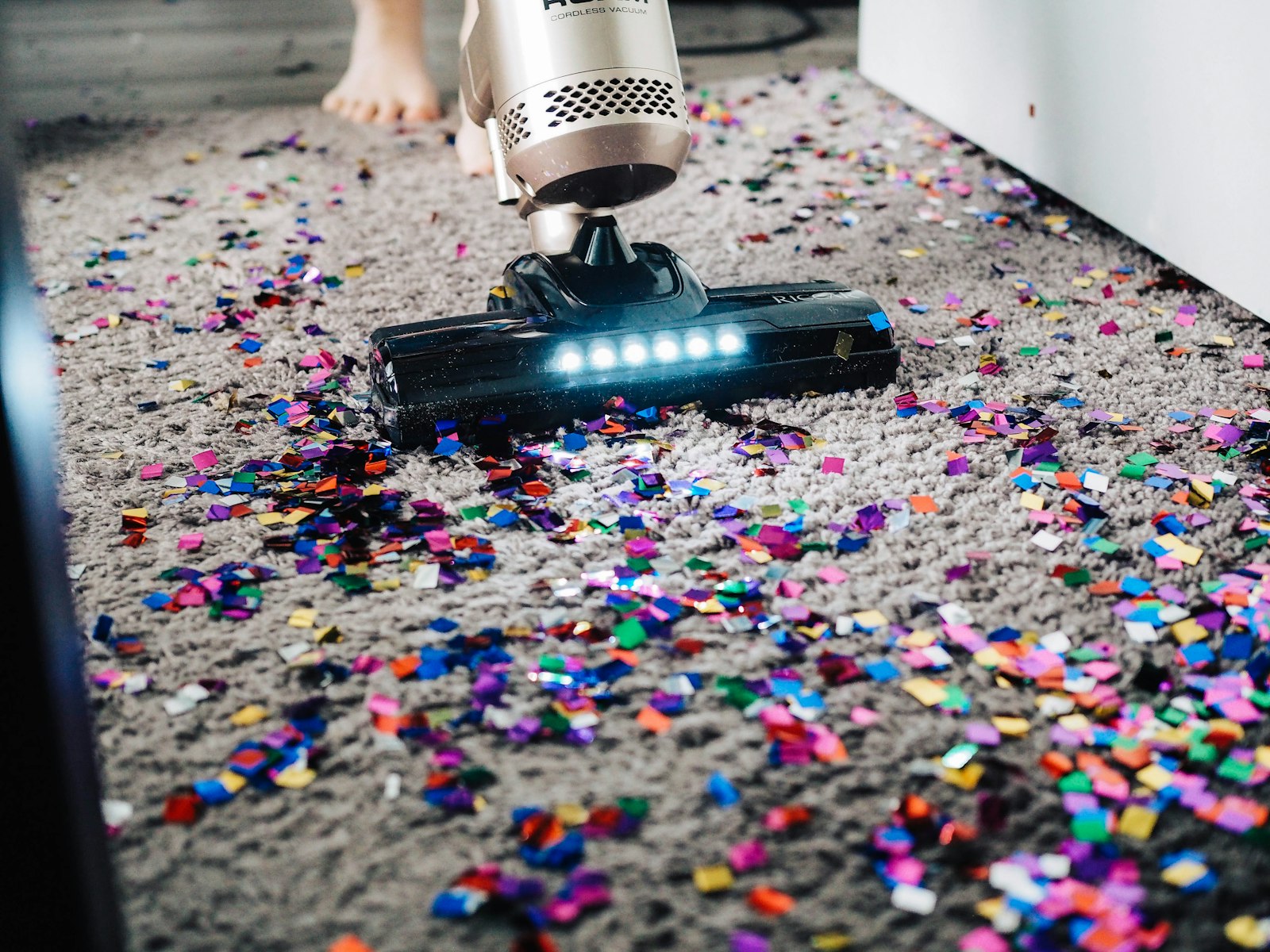Left-Handed Stylist Adaptation Strategies
Tools, techniques, and training adjustments for left-handed stylists and ambidextrous work.

Why left-handed adaptation matters
Left-handed stylists face chronic strain when forced into right-handed shears, tools, or salon workflows. Proper equipment and training lift speed limits, protect joints, and allow ambidextrous versatility for complex geometry. This guide covers the hardware, drills, and coaching frameworks you need to build confident, pain-free left-handed artists.
Equipment essentials
| Component | Recommendation | Notes |
|---|---|---|
| Primary cutting shear | True left-handed convex (mirrored blades + left thumb blade) | Avoid “double-sharp” marketed shears with standard blade orientation |
| Detail shear | 5.0”–5.5” lefty shear with slim shanks | Useful for fringe, internal layers, design lines |
| Thinner / blender | 30–40 tooth left-handed | Confirm tooth orientation; many vendors re-label right-handed models |
| Swivel option | Left-handed swivel or double swivel | Reduces ulnar deviation, especially for over-the-head or interior sections |
| Razor & combs | Ambidextrous grips, reversible guards | Keeps tool transitions consistent |
Fit and conversion timeline
- Assessment (Week 0): Document current pain points, dominant services, and toolkit. Capture video from three angles.
- Tool replacement (Weeks 1–2): Source true left-handed shears from verified vendors (Kasho, Mizutani, Sensei, ARC). Add inserts to tune fit.
- Grip retraining (Weeks 2–4): Daily 10-minute open/close drills, tension control exercises, and sectioning practice.
- Service ramp (Weeks 4–8): Introduce left-handed tools to light layering, then full haircuts. Track service time and strain in your mentorship backlog.
- Ambidextrous expansion (Weeks 8+): Layer right-handed shears for specialty moments (e.g., facial framing) if it increases efficiency without pain.
Salon workflow adjustments
- Mirror placement: Ensure mirror angles and lighting support left-handed body positioning.
- Station setup: Place tool holsters on the left, protect cords, and orient product trays within natural reach.
- Scheduling: Add 15-minute buffers during the adaptation phase; review metrics weekly to remove once efficiency stabilizes.
- Guest communication: Educate clients about adjustments and how the new tools improve precision.
Coaching playbook for educators
- Film both left- and right-handed demos for every technique.
- Provide printable diagrams that show reverse body positions, sectioning, and over-direction cues.
- Pair left-handed learners with mentors who actively use left-handed shears.
- Include left-handed adaptation checkpoints in curriculum rubrics so schools address ergonomics before graduation.
Maintenance considerations
- Work with sharpeners experienced in left-handed blades. Confirm they have mirrored guides and testing protocols.
- Rotate between two left-handed sets to minimize emergency switchbacks to right-handed tools.
- Log maintenance data in your maintenance log with a left/right column.
Trusted vendors (2025)
- Sensei Shears: Wide assortment of mirrored left-handed models, lifetime sharpening bundle.
- Mizutani USA: Customizable offsets and swivel options for left-handed stylists.
- Kasho Professional: Left-handed versions of all KDM and Millennium series with ergonomic coaching.
- ARC™ Scissors: Ambassador network for trying left-handed shears before buying.
KPIs to monitor
- Service time variance compared to right-handed baseline (goal: <5% difference by Week 8).
- Pain or numbness frequency (track with 1–5 scale daily).
- Rebook rate and guest satisfaction to confirm quality holds during transition.
Left-handed mastery demands deliberate hardware choices and coaching. Treat the transition like a structured project and integrate findings into your Learning Hub sprints so the next wave of stylists enters the floor with healthy, efficient habits.

